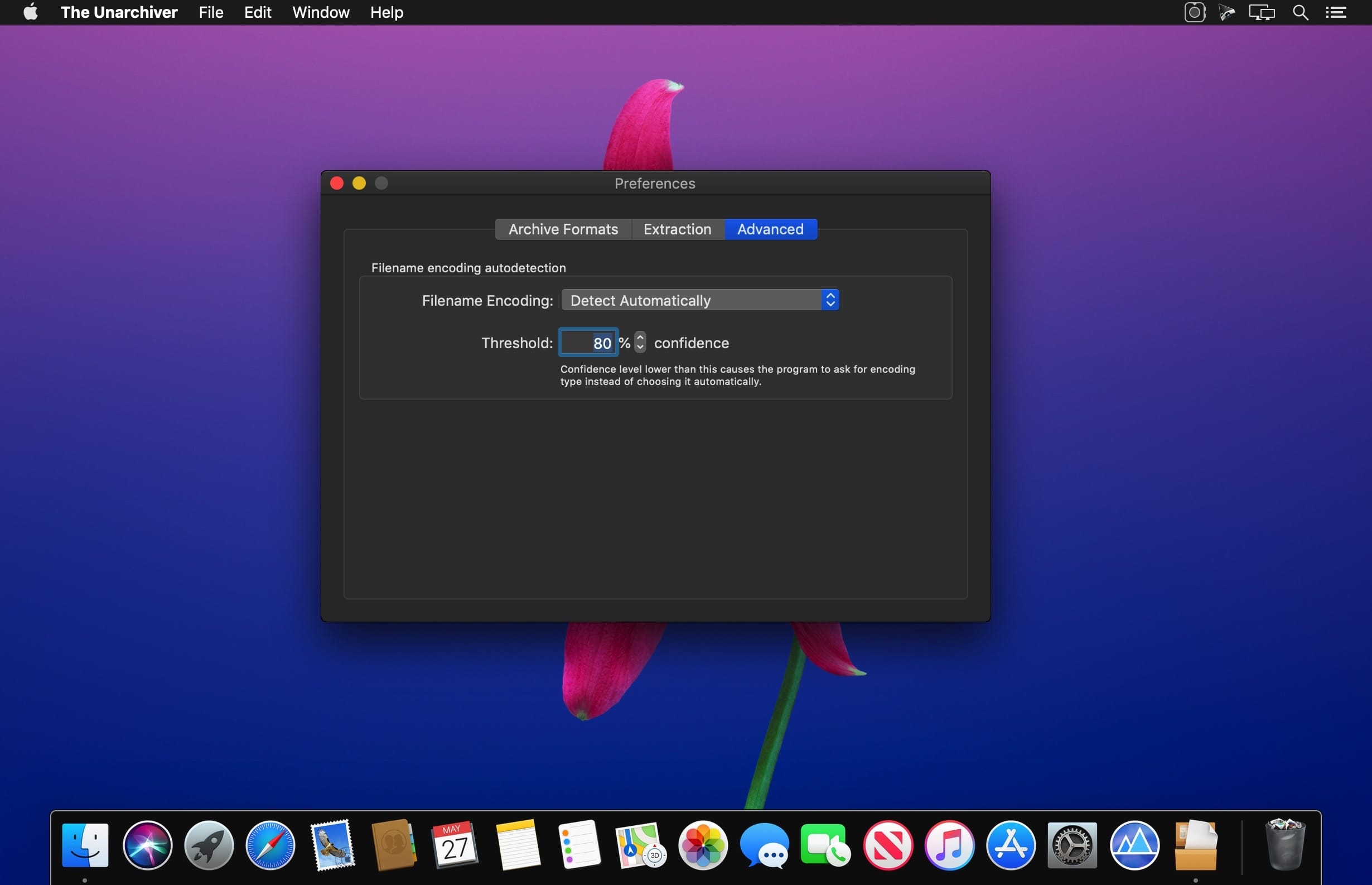

#Unarchiver online how to
Switching to the large mailbox concept creates a problem for those organizations that have already enabled in-place archives for their end users: How to get that data back from those archives to the primary mailbox. Non-stubbing 3rd party archive solutions taking data out of Exchange can also be a option. The maximum number of items per folder is such a limit, however these have been raised or done away with in recent years.
#Unarchiver online Offline
For those, staying with Exchange Online archives – and when needed auto-expanding archives – is usually still an option due to the different type of mailbox interaction, or to circumvent Exchange’s storage limitations or Outlook for Desktop’s synchronizing of offline cache files before issues might be seen. There are still exceptions of course, usually in the form of substantial – usually shared – mailboxes. In recent years, I have seen archives becoming less relevant, and organizations adopting the large mailbox concept in favor of lean and mean mailboxes with archives. It’s not uncommon to see people panicking about “missing data” in service tickets, only to discover their “missing data” was moved to their archive by the company retention policy after some digging. Also, and this is not to be underestimated, end users do not always grasp the concept of archives and the impact on the tasks and tools they use. Most notably are perhaps clients not supporting archives at all, or searches not spanning both mailbox and archive. Exchange’s built-in Messaging Records Management (MRM) through retention policies and tags can be used for automatic moving of older items to the archive.Īrchives also come with few downsides, especially in the early days. PST files.Īrchives introduced benefits such as lowering disk footprint by taking infrequently used items out of the primary mailbox (which then could only synchronize in full) to the archive, which is basically an additional mailbox for long-term storage. It was up to end users to make sure their mailbox remained within its limits, either by removing either old items, large items or just move them out of their mailbox to those pesky. The feature which I am talking about is Exchange’s Personal Archives, Online Archives, or In-Place Archiving as it is called nowadays.Īrchives were introduced at a time when Office 365 was in its early days, many organizations were running Exchange on-premises with mailbox quotas as bandwidth and storage were limited or relatively expensive. With the introduction of Exchange 2010 at the end of 2009, a native feature was added to Exchange Server for which organizations required 3rd party products before that.


 0 kommentar(er)
0 kommentar(er)
